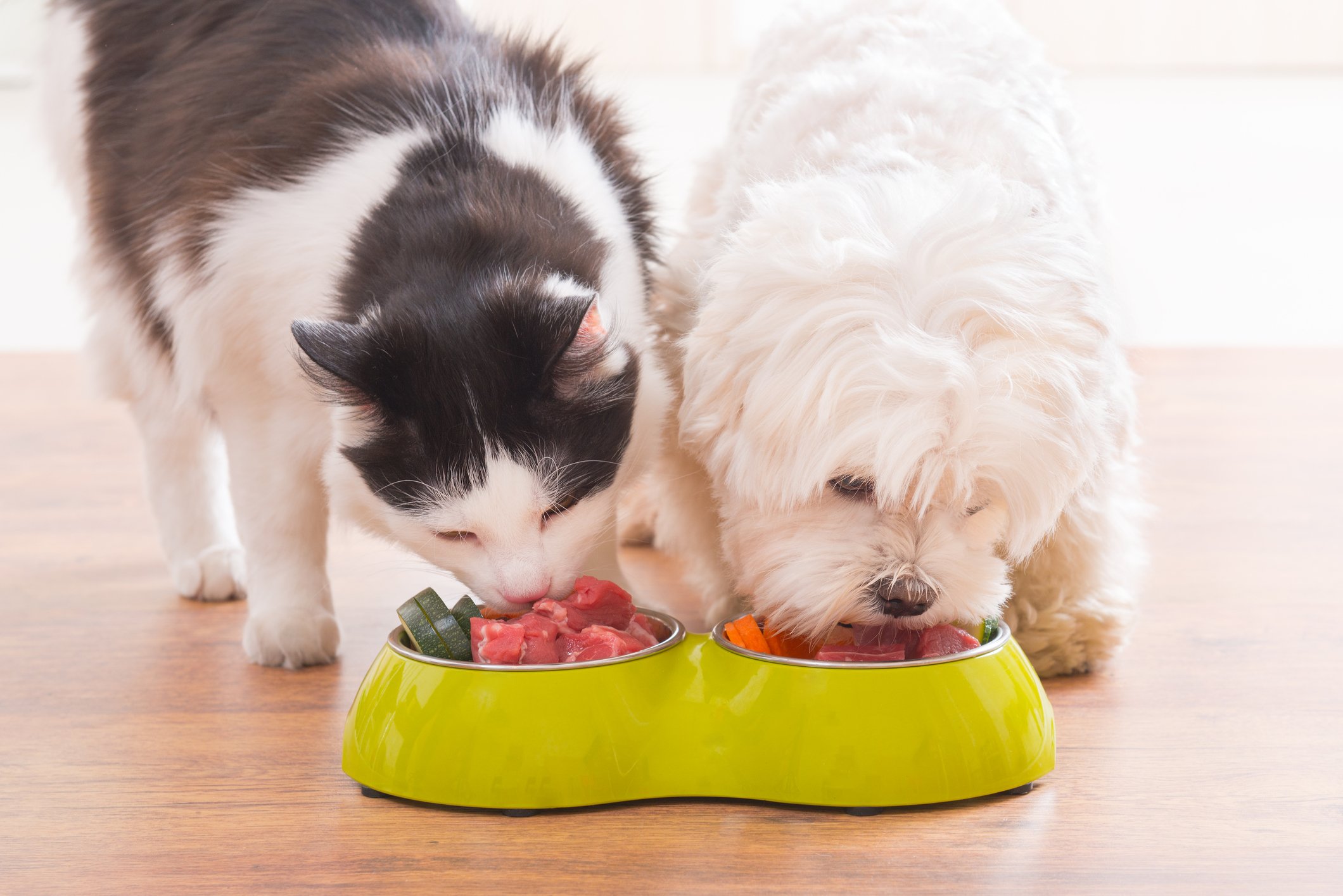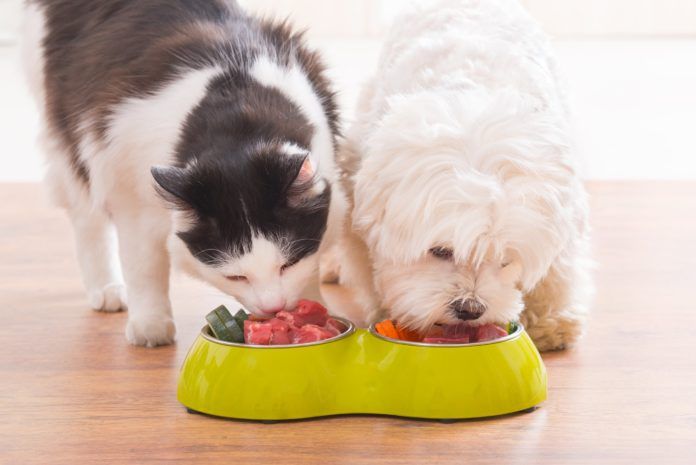© humonia/Getty Images

A study recently published in the Journal of Experimental Biology sheds new light on optimal nutrition for our pets and disputes the common notion that cats want and need a protein-heavy diet.
“The numbers were much different than what traditional thinking would have expected,” according to the study’s corresponding author, Jean Hall, DVM, PhD, a professor in the Carlson College of Veterinary Medicine at Oregon State University. “Some experts have thought cats need diets that are 40 or 50 percent protein. Our findings are quite different than the numbers used in marketing, and are going to really challenge the pet food industry.”
Dietary proteins contribute to a number of important physiological functions like blood clotting, cell repair, production of hormones and enzymes and vision. Protein is also what makes the eater feel satiated — carbohydrates are second, followed by fat.
Dr. Hall’s research involved monitoring 17 healthy adult dogs and 27 cats for a month, using four types of food designed to taste equally good. Taking flavor out of the equation, the animals could make choices based only on what their bodies were telling them they needed.
“Previous studies have shown that if you don’t balance palatability between foods, cats do in fact prefer to eat very high levels of protein and dogs want to eat a lot of fat,” explained Dr. Hall. “But when you balance palatability, both dogs and cats prefer significantly different macronutrient content than what they would choose based on taste.”
The dogs and cats could choose among high-fat, high-carbohydrate, high-protein and balanced foods. Each day, dogs had an hour to eat all they wanted up to a predetermined caloric intake — that is, they could get all the calories they needed for metabolic requirements and to maintain weight, but no more.
The cats in the study were also not allowed to overeat, though cats tend to eat in a weight-maintenance way by adjusting their intake based on the food’s energy density. In the study, the cats had 24-hour food access up to the point of hitting their caloric threshold.
Food container placement was changed daily to guard against possible “bowl position bias,” which showed the cats on average chose to get 43 percent of their calories from carbs and 30 percent from protein. On the other hand, dogs went for 41 percent fat and 36 percent carbs — and not a single dog or cat chose to get the highest percentage of its calories from protein.
Additionally, the animals indicated clear leanings: While the younger cats and dogs did prefer protein, older cats and dogs were drawn to nutrients that better fit their changing physical needs. For example, older cats can develop kidney disease if they eat too much protein because their bodies can’t process it as well. When taste was removed as a factor, older cats naturally monitored their own protein intake over the course of the study.
Dr. Hall is hoping that pet food companies can use this new research to formulate foods to keep our pets healthier as they age. — Catnip staff




